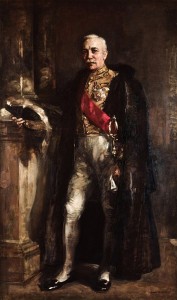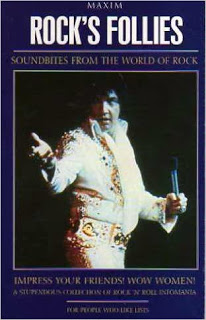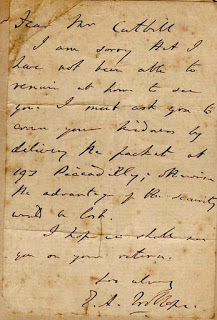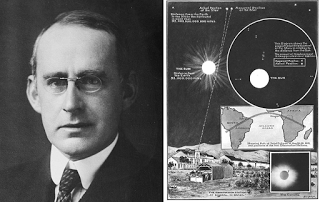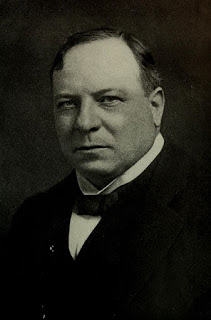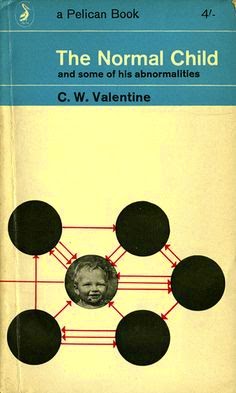For someone brought up with the Beatles, it’s difficult to understand the attraction for teenagers of what came immediately before the Fab Four transformed pop music for ever. Here, for instance, is the back page Film Review promo for Beat Girl,  a movie released in 1960 that purported to show ‘ squares ‘ what their ‘beatnik’ teenage sons and daughters were getting up to behind their backs. Starring the pop singer Adam Faith ( his film debut at the age of 18 ), horror star Christopher Lee, a young Oliver Reed and the fifteen year old bilingual starlet Gillian Hills, it was also the debut of John Barry, who went on to forge a glittering career in film music.
a movie released in 1960 that purported to show ‘ squares ‘ what their ‘beatnik’ teenage sons and daughters were getting up to behind their backs. Starring the pop singer Adam Faith ( his film debut at the age of 18 ), horror star Christopher Lee, a young Oliver Reed and the fifteen year old bilingual starlet Gillian Hills, it was also the debut of John Barry, who went on to forge a glittering career in film music.
In 1960, most pop music fans were more interested in how teen idol Faith would cut it as an actor, than they were seeing ‘ the second Bardot ‘, as Roger Vadim hyped the fifteen year Hills, but looking back, it is odd that latter’s acting career never took off. Here was an actress, whose striking blonde beauty and obvious acting talent should have propelled her to greater things. In ‘Beat Girl’ Hills plays the ‘ bad girl ‘ Jennifer, the sulky-looking beatnik, who rejects the values of her respectable parents and lives for the kicks she gets out of dancing in night clubs and hanging out in milk bars. In the opening scenes of the film she is a pouting, free-spirited presence as she descends the stairs to the basement dance floor, where, seemingly oblivious to everything and everyone around her, she begins a freestyle dance routine. On her website ( which is worth a visit ) Hills describes the dance thus: ‘ my brain flipped, my feet followed and I was off’. As for her role as Jennifer, she saw it as a protest at her treatment by her Lycee in Paris, who expelled her for taking on a debut role in Vadim’s ‘Les Liaisons Dangereux ‘.
‘I could vent my frustration, my disgust, the helplessness and despair, and the anger at what had happened to my life in the recent months.’
‘Beat Girl’ proved popular in Britain, but was banned in France. However, this did not prevent Hills from taking roles in a number of French films in the early sixties and from recording pop songs in French, including the annoyingly catchy ‘ Zou Bisou Bisou’ (1961), which was later used in ‘Mad Men’. But in Britain the film roles were small. She was a brunette in the cultish ‘Blow Up ‘(1966) and in ‘A Clockwork Orange’ she had a cameo. She also appeared occasionally on British TV.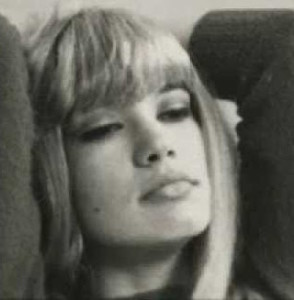
In 1975 Hills decided to stop making films and left for New York City to try her luck as a book and magazine illustrator. Judging from the artwork on her website, she appears to have genuine artistic talent too! At 72, Hills now lives in England with her husband Stewart Young, manager of AC/DC and Cyndi Lauper, among other artistes. [R.M.Healey]

